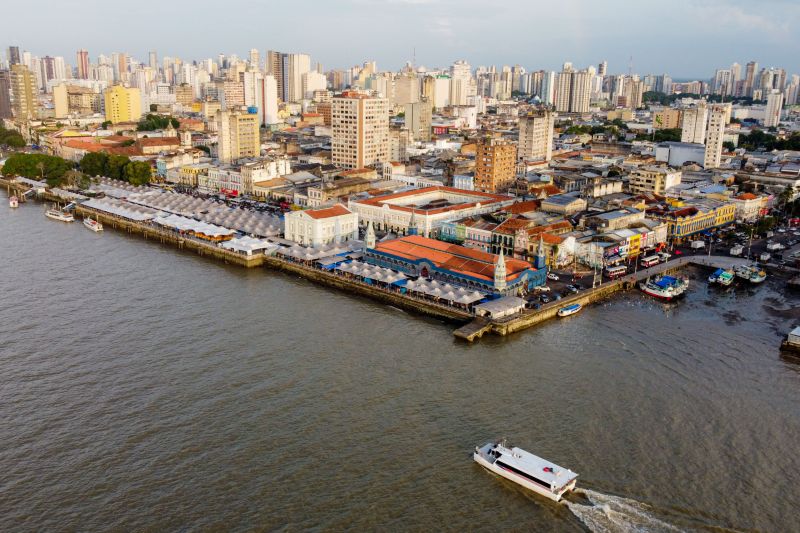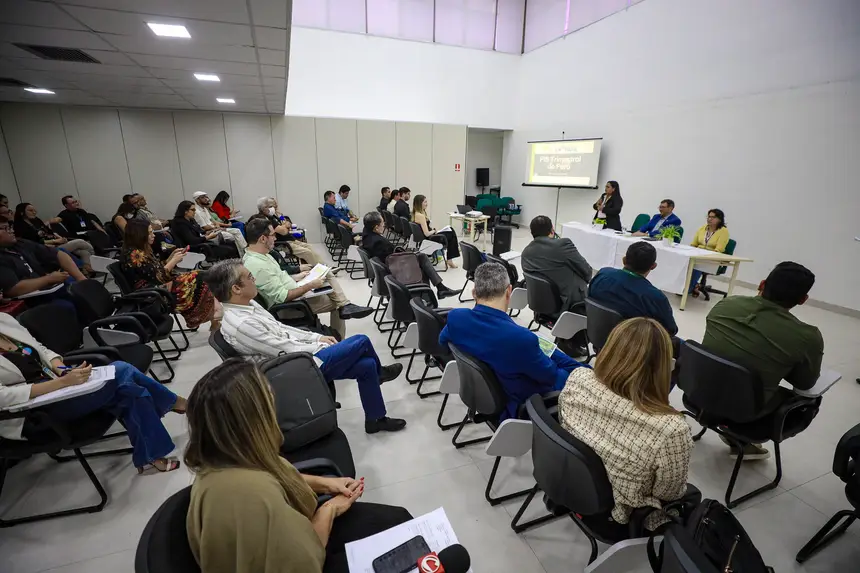To strengthen public policies, Fapespa invests in the study of population indicators
The Amazon Foundation for Support of Studies and Research highlights the population factor of Pará in more than eight products launched
The Amazon Foundation for Support of Studies and Research (Fapespa), an agency of the Government of Pará, gathers in its products indicators related to the population of Pará, which is currently the largest in the North region, with Pará occupying the 9th position in population size among Brazilian states.
Only through the Coordination of Statistics and Information Dissemination (Cedi), linked to the Directorate of Statistics and Information Management Technology (DETGI), Fapespa annually launches five products on population indicators: Statistical Yearbook of Pará; Indicator Radar of the RI; Pará in Numbers; Pará in the National Context and Municipal Statistics. The data is also present in products such as the State GDP Report, Social Exclusion Map, Youth Profile, and several bulletins.

According to Atyliana Dias, director of Statistics and Information Management Technology, these studies are essential for fulfilling Fapespa's mission. “They promote regional development based on data produced by scientists, statisticians, economists, and our technicians. Their continuous use strengthens the State's capacity to plan, execute, and monitor effective and sustainable public policies,” she informs.
Effectiveness - The Public Management analyst of DETGI, Raymundo Nonnato Júnior, also emphasizes that understanding the dynamics of the population is fundamental for the formulation of more effective public policies. “A region that does not understand its population cannot identify what the most basic needs are at stake, such as access to health, quality education, and adequate infrastructure. Therefore, understanding the size and demographic composition (age group, sex, race/color, etc.) is essential to identify the problems that need to be solved, creating more favorable future scenarios for citizens,” he reiterated.
According to the analyst, one example is the issue of social security, which requires specific knowledge about the composition of the population to ensure social protection, including the provision of benefits in situations such as retirement, disability, death pension, and sick leave. “If we do not know the indicators of mortality, fertility, and migration, how can we guarantee the rights and duties of citizens?” says Raymundo Júnior.
Other fundamental indicators for the management of an organized society, which seeks collective well-being, according to the analyst, are doctors per inhabitant, available beds, births, deaths, and population migration (outflows and inflows of people from the region). “All these data play a crucial role in formulating strategies that effectively meet the needs of the population,” he states.

Indicators in Pará - According to estimates calculated by the Brazilian Institute of Geography and Statistics (IBGE), in 2024 Pará had more than 8 million inhabitants, with more than half of the population of Pará being in the age range of 20 to 49 years.
The most populous Integration Region is Guajará, with five municipalities and approximately 2.2 million residents, followed by the Tocantins and Lower Amazon regions, with 866 thousand and 840 thousand inhabitants, respectively. Among the 144 municipalities in the State, Belém is the most populous, with about 1.4 million inhabitants, followed by Ananindeua, with just over 507 thousand inhabitants, and Santarém, with about 357 thousand.
Another indicator related to the population is the aging index, which tracks the age evolution of the population. The number of elderly people in relation to the young population has been increasing in many countries, as well as in Brazil, and consequently in Pará. “This trend is a direct reflection of the reduction in fertility levels, combined with the increase in longevity of individuals who make up the elderly population,” explains Raymundo Júnior.
Despite this, the dependency ratio of the population of Pará, which measures the relative participation of the potentially inactive population (youth and elderly) in relation to the portion of the potentially productive population (individuals aged 15 to 64 years), has been decreasing over the years, recording, in 2024, approximately 45 dependents for every 100 individuals of productive age.
Text: Beatriz Rodrigues, intern, under the supervision of Manuela Oliveira - Ascom/Fapespa











